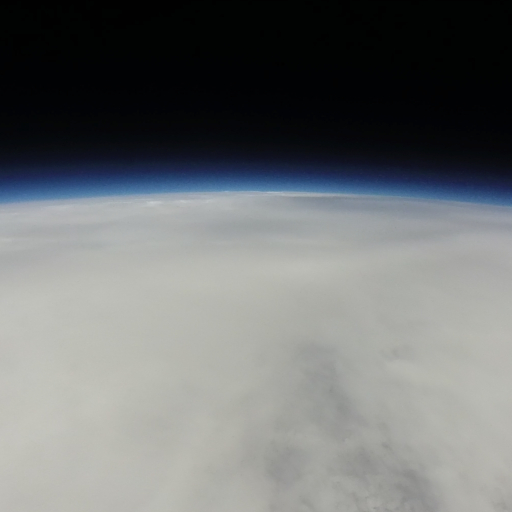
View from 100,000 feet
During the Spring of 2015, I worked with another student to build and launch a weather balloon. We launched balloons from Manhattan, Kansas to 96,000 and 100,000 feet with a custom built payload that included a Raspberry Pi.
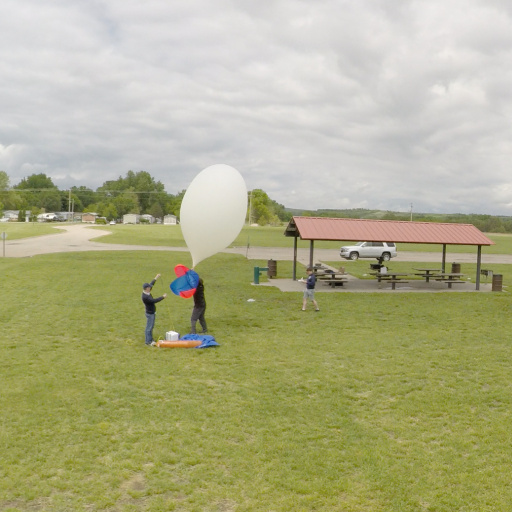
Latex Balloon
One 1200 gram and one 1500 gram balloon were launched to 100,000 and 96,000 feet respectively. The first payload contained a styrofoam box to house the payload; for the second, components were mounted directly to the plate.
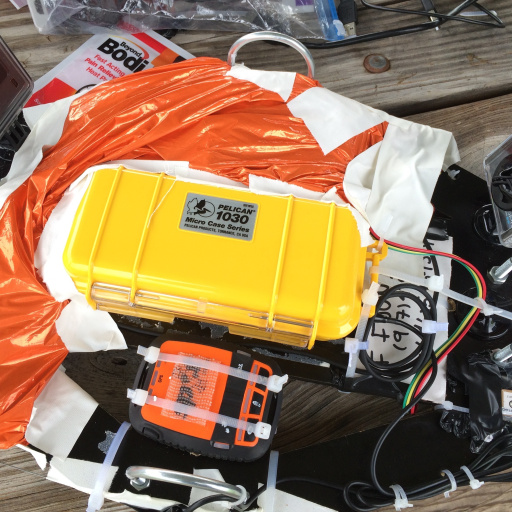
Payload. Two GoPros, a Raspberry Pi, and two trackers.
A Raspberry Pi collected accelerometer, pressure, temperature, altitude, and GPS data throughout the flight. A Micro-Trak AIO module with a radio antenna and SPOT satellite tracker transmitted position data throughout the flight.
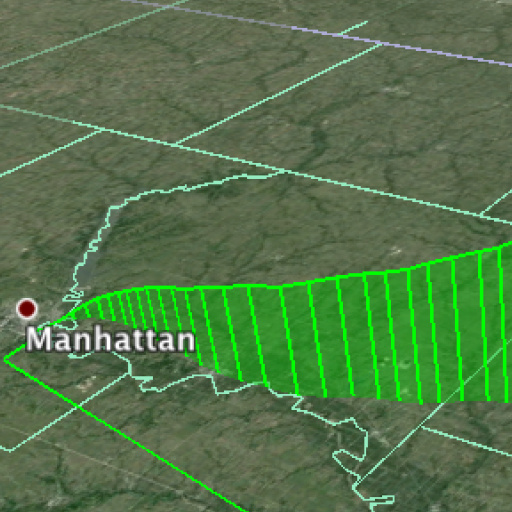
Tracking
During both flights, the balloon was tracked using the radio and satellite transmitters. This data was displayed in a three dimensional path in Google Earth and used to find the balloon upon landing.
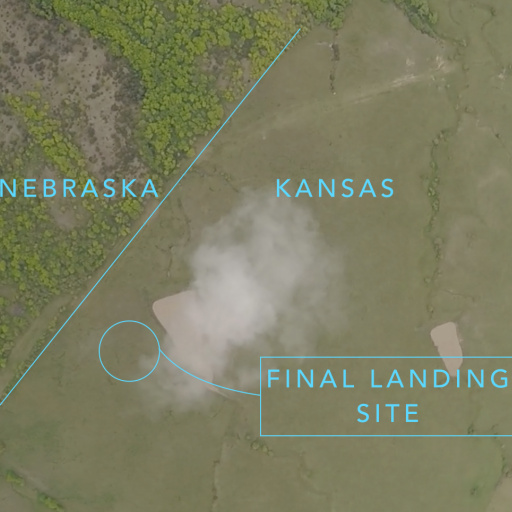
Landing
The second balloon traveled across the Kansas-Nebraska border before returning into Kansas and landing in a cornfield. After receiving the help of a local farm employee, we picked up the balloon approximately fifteen minutes after launch.
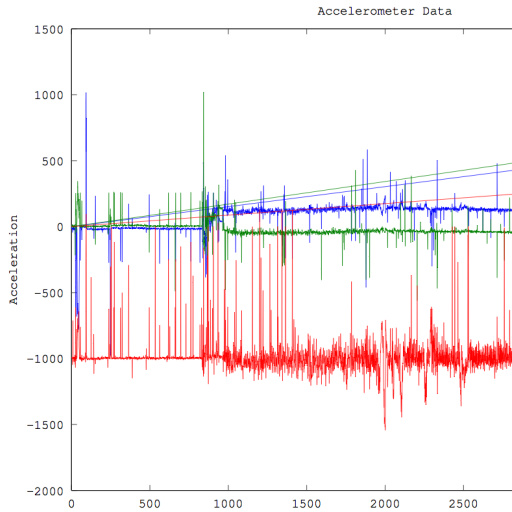
Accelerometer results
We compiled sensor readings taken every two seconds throughout the flight into graphs describing the trip. Here, accelerometer data is shown; the shift in acceleration towards the right end of the graph likely indicates the moment when the balloon popped and began to fall towards the Earth. This data was plotted in Octave.